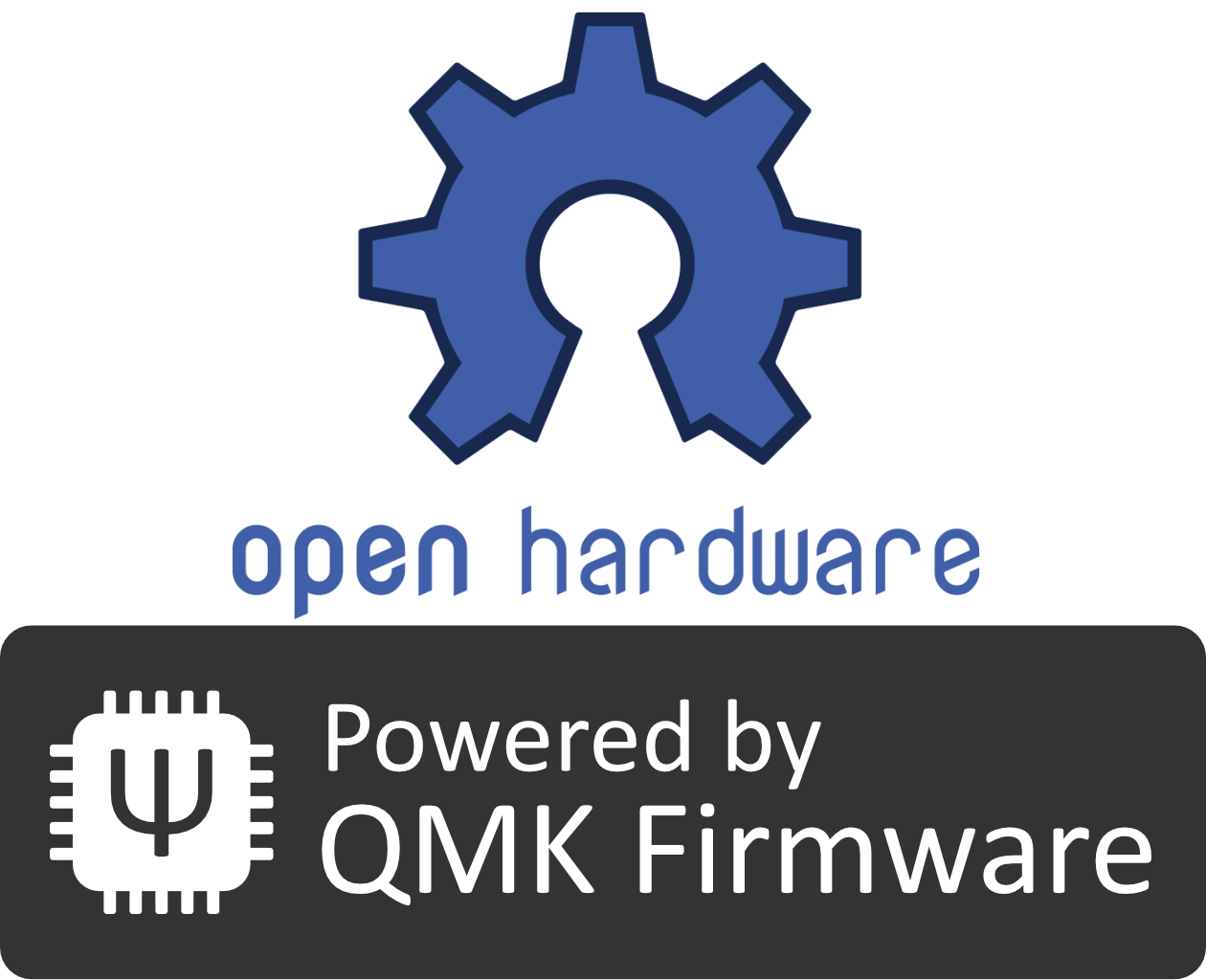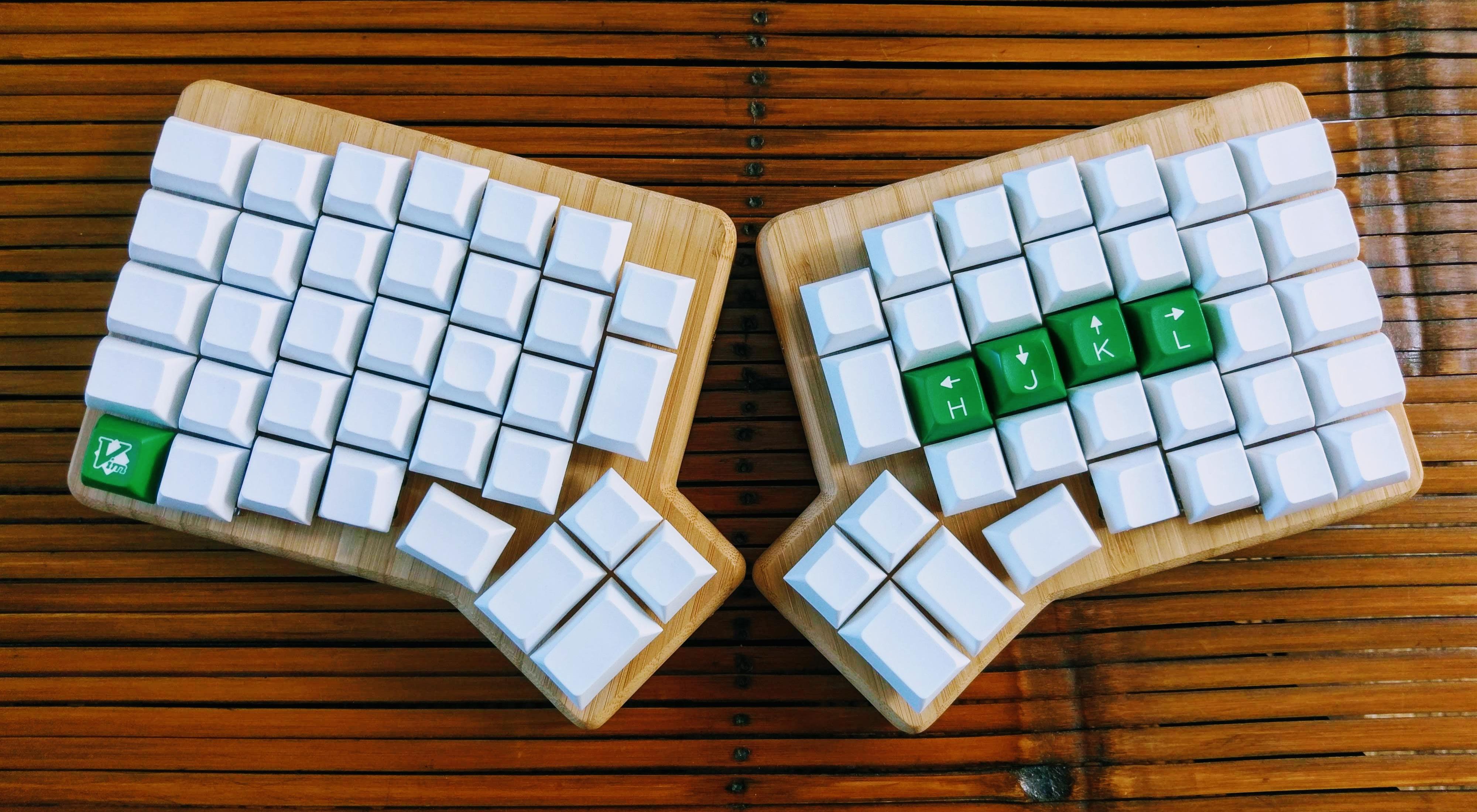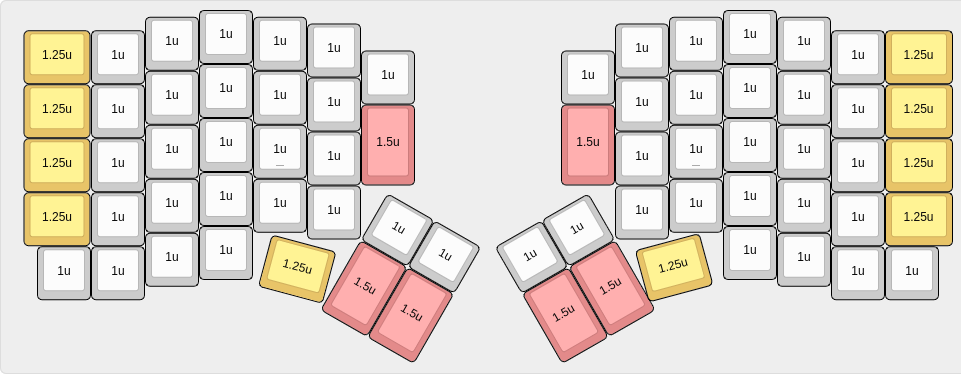The Redox project is an open-source, QMK (Quantum Mechanical Keyboard Firmware) powered, ergonomic split mechanical keyboard. This repository will be used to share information about the project and instruction on how to use and assemble the Redox keyboard.
Designer's bio: Mattia Dal Ben (aka u/TiaMaT102) obtained a master's degree in Electrical Engineering with a specialization in Computer Science at the University of Udine. Currently works as a Software Engineer in R&D department for a big IoT and Embedded Computers company. Mechanical keyboard enthusiast and maker, the Redox keyboard is the result of all of his passions.
The Redox is a keyboard project designed with ergonomics in mind. It uses Cherry MX style mechanical switches laid out in a 7x5 columnar stagger layout with components that can easily be sourced.
The design was heavily inspired by the Ergodox keyboard, and its main goal is to reduce the size without sacrificing too many keys, hence the name Reduced Ergodox.
As an Ergodox user I couldn't ignore the few flaws of the original design and in a moment of arrogance I tried to fix them, thus the Redox features:
- Easier to reach thumb cluster.
- Additional easy-to-reach rotated 1.25u thumb key.
- Reduced size.
- Reduced costs (the Redox uses Arduino Pro Micro instead of the Teensy 2.0).
- Either half can be plugged in to the PC since each half can act as the master.
- Either half can work as a standalone keyboard to be used as a macropad/gaming keyboard.
- RGB backlighting support.
- 3D-printer friendly case.
- Wireless see section below
- VIA compatible (thanks to Harshit Goel)
- ZMK firmware compatible (thanks to toddmok)
- KMK firmware compatible
- Redox handwire: The first incarnation of the Redox keyboard. It consists of a 3D-printed case and a handwired matrix.
-
Tilted Redox case: tilted case for the Redox prototype by jschloer.
- Tilted redox case pro micro: Remix of the tilted case to support pro micro and usb c instead of TRRS.
-
couscous-kbd: Redox-inspired parametric OpenSCAD keyboard design.
-
Redox tenting kit: modified base to support tenting, mini-USB for the interconnect, and a hole for microswitch for reset needed when uploading new firmware by Lenbok.
-
Iris-inspired Redox case: a case inspired both by the Redox rev1.0 and the Iris designed with OpenSCAD by Lenbok.
-
Redodactyl keyboard: handwired 3D printed Dactyl-inspired Redox variant by u/darknao.
-
- Redox Manuform: full rework of the Redox case inspired by the Dactyl Manuform. Designed by Fosk_LL.
- Redox rev1.0: the Redox rev 1.0 is the first commercially available version of the Redox keyboard.
- Rev1.0 PCBs: available at Falbatech's store
- Firmware sources:
- 3D-printable cases:
- 3D printable case, freely available.
- Redox keyboard case (high profile), by Michele Ferri.
- Travel-friendly Redox Keyboard case, by Fosk_LL.
- Redox Neodox case, by Pastitas
- Redox big battery, by Marco Silvestri.
- Commercially available cases:
- Redox rev1.0W: the Redox rev 1.0W is the wireless version of the Redox keyboard.
- Rev1.0W PCBs: gerbers available in this repo.
- Falbatech's Rev1.0W Hot-swap PCBs: available at Falbatech's store (Incompatible with the 3D-printable cases down below)
- Firmware sources:
- 3D-printable cases:
- 3D printed case, freely available.
- Redox Neodox case, by Pastitas
- Commercially available cases (only compatible with the Falbatech's store PCBs):
- Redox rev2.0WHS: the Redox rev 2.0WHS is the wireless hot-swappable version of the Redox keyboard.
- Rev2.0WHS PCBs: gerber files available here
- Firmware sources:
- 3D-printable case:
- 3D printed case, freely available.
The Redox keyboard uses three different wireless implementations, differentiated by firmware:
- QMK based: Leveraging the Gazel protocol. It needs its own PCB and a receiver dongle (see Redox Wireless for details) and needs three YJ-14015 MCUs + a Pro Micro compatible controller.
- ZMK based: Leveraging the Bluetooth protocol. It is based on the Redox wired PCB and the nice!nano controller.
- KMK based: Adding Bluetooth Split code to
boards/redox/main.py. Combined with a compatible wireless controller completes wireless configuration. Would advice adding Bluetooth keycodes in keymap;keyboard.keymapelement inmain.py.
The notable differences for the three implementations are as follows:
- Battery life: QMK Redox Wireless uses two CR2032 coin cell batteries which last approximately one year (YMMV), while the nice!nano support LiPo rechargable batteries (you can choose the capacity you want but expect them to last for a few weeks on a single charge).
- Flexibility: The receiver dongle limits the flexibility of QMK Redox Wireless.
- Cost: The 3x YJ-14015 + Pro Micro combo is cheaper than two wireless controllers required for ZMK and wireless KMK.
- Range: Bluetooth implementations, of ZMK and KMK, should be more capable than what can be achieved with the QMK Redox Wireless (At this point in time, I lack the evidence to support these claims though).
| Size | Qty | Notes |
|---|---|---|
| 1.5u | 6 | |
| 1.25u | 10 | You can get away with 8 if you use two 1u keycaps for the 1.25u rotated keys |
| 1u | 54 |
ℹ️ On pimpmykeyboard.com site you can find a SA 1976 keyset kit specifically made for the Redox keyboard: the "Ergo Redox kit (12 keys)".
In partnership with Falbatech you can now use the code "mattdibi05" on Falbatech's store for a 5% OFF special discount.
If you've read this far and found something useful, please consider donating to help me maintain and further develop this project.








